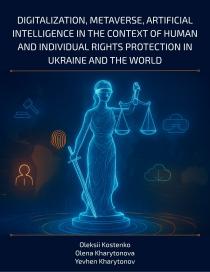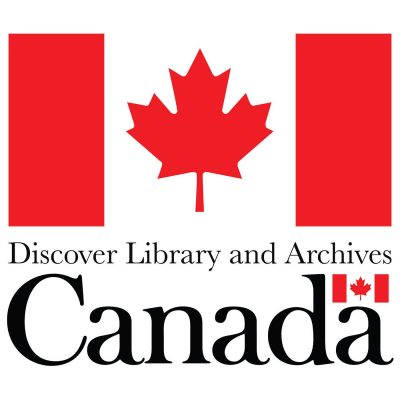BLOCKCHAIN TECHNOLOGY AND ARTIFICIAL INTELLIGENCE IN THE MANAGEMENT OF INTELLECTUAL PROPERTY RIGHTS
Synopsis
The article presents a comprehensive study of the potential use of blockchain technologies in the management and protection of intellectual property rights in the context of rapid digitalization and technological progress. The key characteristics of blockchain are outlined—namely, its decentralized, transparent, and immutable nature—which enables a high level of trust, reduces transaction costs, and eliminates the need for intermediaries in the process of copyright registration. Particular attention is paid to current challenges associated with the rise of generative artificial intelligence, which complicates the control over the use of intellectual property objects and undermines traditional approaches to authorship.
Both international and domestic experiences in implementing blockchain solutions in the intellectual property sphere are analyzed, particularly in regard to the creation of digital registries, rights registration platforms, and mechanisms for monitoring content usage (such as musical works, photographs, videos, texts, etc.). It is noted that Ukraine currently lacks a clear legal mechanism to regulate the operation of such services, which hinders the implementation of innovative technologies at the state level. The article emphasizes the need to develop a relevant regulatory and legal framework that would grant legal force to records stored on blockchain networks, define liability for violations, and provide a clear interpretation of the status of digital evidence. The feasibility of establishing specialized blockchain-based platforms in Ukraine for effective intellectual property management is substantiated. The article concludes that the integration of blockchain and artificial intelligence could become a key element in shaping a modern digital infrastructure for IP protection. However, its successful implementation requires an interdisciplinary approach, legal clarity, and governmental support.










